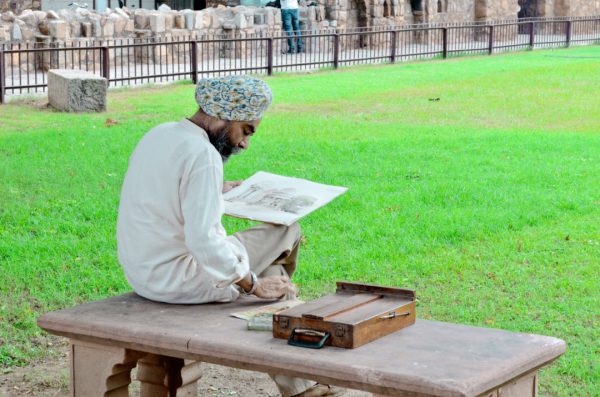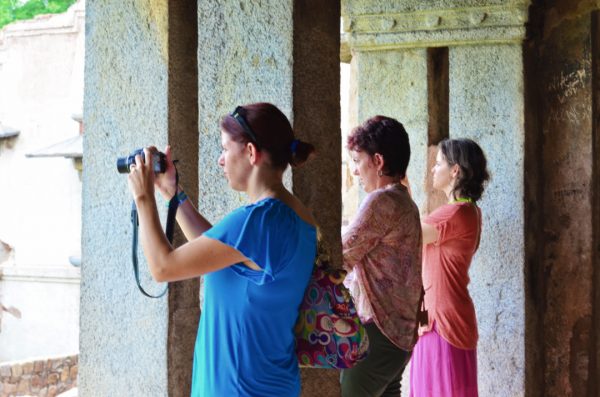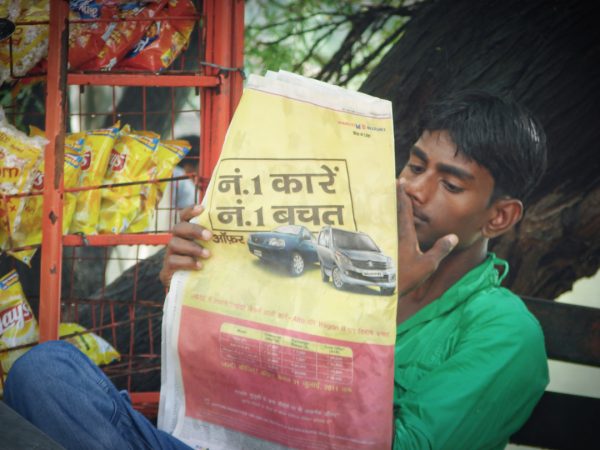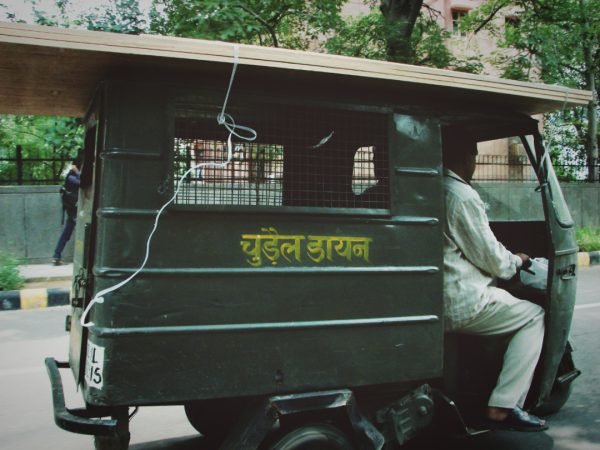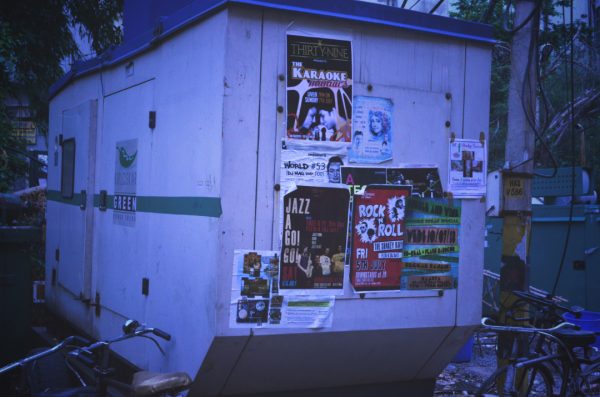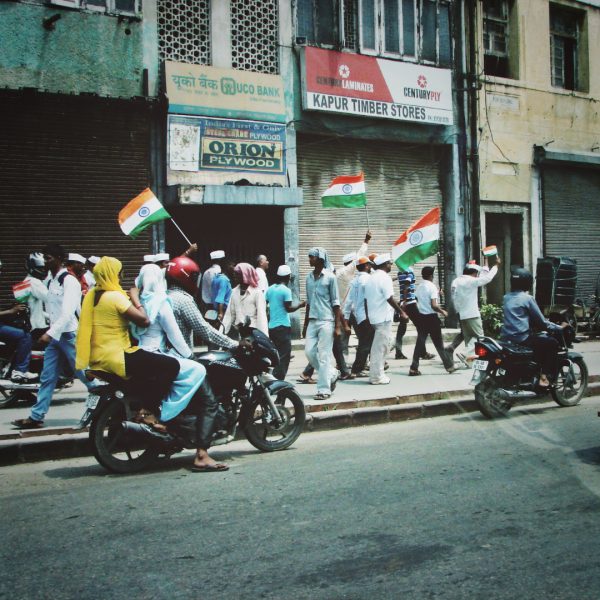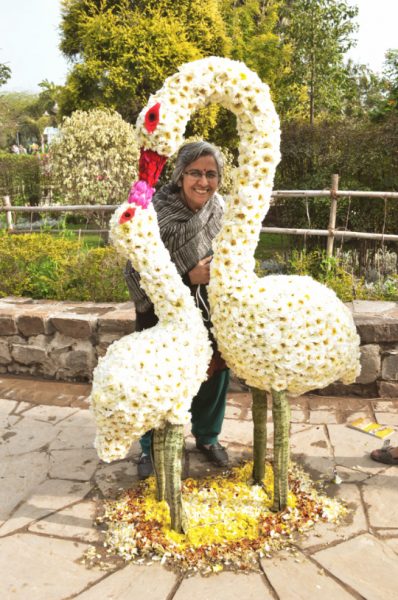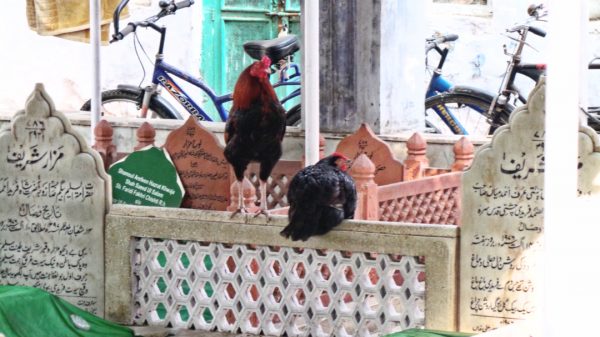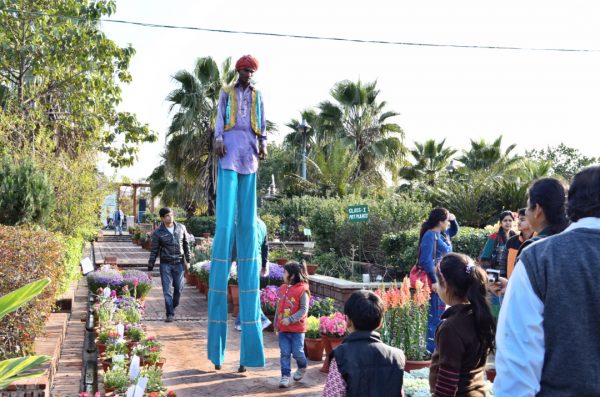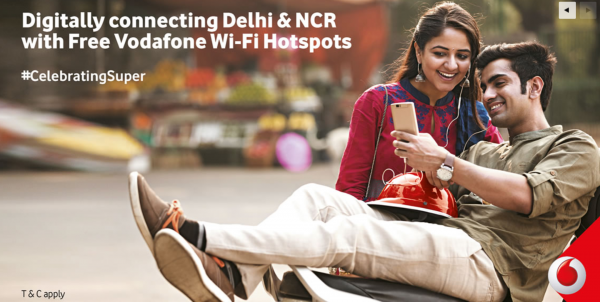Delhi wouldn’t be Delhi if it wasn’t sprinting
by Arvind Passey on Oct 27, 2017 • 8:10 PM No CommentsDelhi lives in the aspirations of not only those who live in the city but propels even those who come to it from far… and thus over a period of time the city got the best to make it the best. No wonder then that Jan Morris calls Delhi “a soldier’s town, a politician’s town, a journalist’s town, and a diplomat’s town. It is Asia’s Washington, though not so picturesque, and lives by ambition, rivalry, and opportunism.” But this isn’t all. Delhi has intrigue in its lanes and by-lanes, fanciful fashion walks daintily around markets where excitement never slumbers, the food here makes even drooling an art-form, colleges and universities sizzle with thoughts and ideas dreaming of a better future, rules and regulations have learned the art of remaining invisible when needed to, optimism zips and zooms through the spoken words here, and even those who do not do much do it with artful gusto. This city knows how to bounce back, knows how to adopt languages, culture, food, and even expletives that do not come from its past. Delhi loves hurdles and hitches that time throws at it because it knows from experience that sooner or later it will know how to deal with them. And it does. Call it ambition or opportunism, Delhi never ceases to sprint. Delhi enables a super life for its citizen and its toughest rival is anything fouling the environment it has built over centuries.
The environment, let me add here, isn’t only about the degree of particulate matter, the rate of crime, the recording of literacy statistics, availability of doctors, construction of houses, and the penetration of the internet. To be eligible to be #CelebratingSuper, a city must leap beyond all this and even beyond the euphoria of the sale of gold and silver coins during Diwali. Topping the list, of course, is the indomitable spirit of the people of Delhi and as Namita Gokhale wrote: “June in Delhi illustrates the common belief that a Delhiwala, like a cockroach, can survive anything, for such are the vicissitudes of weather, conditioning and deprivation that the human spirit here has soared to new heights of indomitability to survive.” We have not just survived but have ensured that our legislators debate and give the entire country laws made to remove the era of darkness from issues that have distressed us for ages. We have stood by the NGT to ensure that the dominance of smog finally begins to get sorted out. We have marched up and down the corridors of power to ensure that security on the roads gets better. We have fought to make the nights safer. We have … well, we still have problems popping up and issues recurring but then things do not change overnight. We have encouraged people like Anna Hazare to raise the awareness against corruption. We have stood by the powers when swachhata abhiyan was launched. We have filled the social media with updates that finally led to the implementation of reforms that butted out tinted glasses and fancy numbering on our vehicles. We have also gone beyond the suffocating boundaries of regionalism and went on from being Bengalis, Biharis, Bandladeshis, South Indians, Northeasterners, Kashmiri Pandits and Punjabis to simply seeking “refuge in professional identities. They were Delhiites because geography and the pursuit of common goals made them so and not because the city offered a unifying identity. Delhi now belonged to everyone who lived in it, but no one belonged to Delhi. The original Delhiites too were missing from public life – they preferred the city of memory,” as Anupreeta Das writes. It is all these things together that create the environment to move up and aspire to be a super city.
Our problems are not over yet. From potholes on the roads to the search for another site for a landfill we have a long way to go. After all, we have graduated to being a cosmopolitan city only recently as Vijay Nambisan writes: “It has been said that Delhi is not a city, but a collection of villages… there were Tamil villages, and Gujarati and Kannadiga, and over everything, like a blanket – like a blankety-blanket – a vast and spirited Punjabi joy in living that kept the city together and made it one, made it as much as was possible a city.” We have literally raised ourselves from dust every few decades in the past, made communal harmony our consort, and appreciated every nuance from every culture that happened to reach us and reach out. Delhi has never aimed to becoming a city with clinical perfection because we are neither a lavatory in a five starred hotel nor a hospital with a strong fiscal backing. We are a city that loves everything from walking through its narrow lanes in Chandni Chowk where you have foodies whooping with joy to hounding the policy makers to give even our rickshaw-pullers the advantage of faster networks for better communication. This is probably why Parul Wadhwa wrote in ‘The Masquerade: “It feels like home, far from home, yet homely. I have always been a fan of Delhi’s practical life not that I have lived in an aspiration or yearning to make a living here, but Delhi has always been on my soapbox.” She goes on to say that “Delhi people can make anything look fancy. Delhi scares me with fast pace vehicles and running life, it can almost thrill anyone.” As I have said earlier, Delhi wouldn’t be Delhi if it wasn’t sprinting.
Delhi loves to show-off as well. Look at all the fancy unipoles to encourage trade and commerce, large LED screens to communicate socially relevant messaging, CCTVs for security everywhere, the race by government departments to launch a new app for every little issue, the queue of helpline numbers, and the way wifi hotspots are being promoted… our effort to becoming a super city shows. And, by the way, we have a few other rather heart-warming super winner facets as well. Vir Das, the stand-up comic said: “Delhi women – they’re the most beautiful women! But the fact remains that they know they are gorgeous.” Virat Kohli too admits that he loves to “try out different cuisines. In Delhi, I love Megu at the Leela, and TK’s at the Hyatt. I also enjoy Khan Chacha’s rolls.” After all, a super city isn’t just about smart bus shelters, free wifi zones, and empowered start-ups. Mirza Asadullah Khan Ghalib is reported to have expressed his confidence in Delhi: “I asked my soul: What is Delhi? She replied: The world is the body and Delhi is its life.”
And what if Delhi is the body? I guess then Vodafone will be its life. I say this because the social initiatives adopted and implemented by Vodafone do deserve applause. Vodafone has supported the green initiative by making super crackers available through its 52 stores all over Delhi and NCR. These super crackers have eco-friendly plant seeds and made a lot of sense in the month of October when the SC had anyway banned the sale of crackers that pollute. Vodafone has helped the government convert more than 120 famous spots in the NCR with free wifi. Their team doesn’t stop at this but also supports small scale businesses with technology and thus empowers them at a time when they need it most. Their bus shelters with air purifiers have already made it to the headlines. These aren’t all the initiatives being taken to propel Delhi into the smart city era… but what Vodafone is doing or has done must be mentioned as they have assisted Delhi to sprint towards a smart era.
.
.
.
Delhi already has smart instincts… some photographic evidence:
.
.
.
Arvind Passey
27 October 2017


